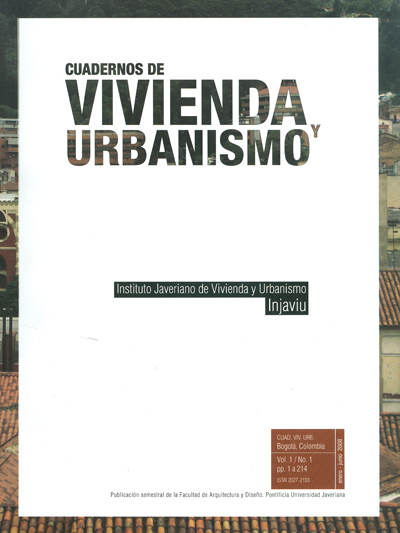Abstract
The study aims to detect and evaluate the changes occurred in the urban fabric of the Barao Geraldo District, from the expansion of commercial activity during the last ten years. It intends to reflect about the influence of this expansion on the dynamics of the population and the District’s urban space, and evaluate the effects that can emerge from this process. Specifically, the study intends to register the uses, activities, characterization of buildings, and appropriation of public spaces in one of its axis of expansion, the Albino J. B. de Oliveira Avenue / Rhodia Street. Its commerce constructed over the last few years, has established the area as sub center of the city. As a result, data is presented regarding the actual state of the uses, activities, and conditions of the urban space of this axis, as well as an analysis of the changes occurred and the regulations for the improvement of the quality of life of its inhabitants.This journal is registered under a Creative Commons Attribution 4.0 International Public License. Thus, this work may be reproduced, distributed, and publicly shared in digital format, as long as the names of the authors and Pontificia Universidad Javeriana are acknowledged. Others are allowed to quote, adapt, transform, auto-archive, republish, and create based on this material, for any purpose (even commercial ones), provided the authorship is duly acknowledged, a link to the original work is provided, and it is specified if changes have been made. Pontificia Universidad Javeriana does not hold the rights of published works and the authors are solely responsible for the contents of their works; they keep the moral, intellectual, privacy, and publicity rights.
Approving the intervention of the work (review, copy-editing, translation, layout) and the following outreach, are granted through an use license and not through an assignment of rights. This means the journal and Pontificia Universidad Javeriana cannot be held responsible for any ethical malpractice by the authors. As a consequence of the protection granted by the use license, the journal is not required to publish recantations or modify information already published, unless the errata stems from the editorial management process. Publishing contents in this journal does not generate royalties for contributors.


